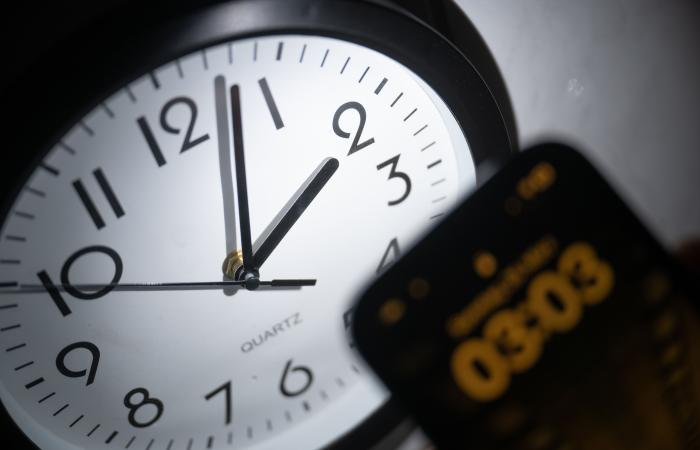It's nearly springtime! As warmer temperatures soon begin to spread throughout most of the United States — followed by irritating allergies for millions of Americans — the first step to prepare for the next season will be to adjust our external and internal clocks.
When is daylight saving time in 2025?
Daylight saving time will begin Sunday, March 9, at 2 a.m local time in the U.S. The clocks "spring forward" by one hour, meaning sunrise and sunset will occur one hour later. DST will end November 2 when clocks "fall back" by one hour.
Which states do not follow daylight saving time?
Hawaii and Arizona (except the Navajo Indian Reservation) are the only two states that do not observe daylight saving time. The U.S. territories of Puerto Rico, Guam, American Samoa and the U.S. Virgin Islands also do not follow daylight saving time.
Benjamin Franklin gets credit for a lot of things, but creating Daylight Saving Time shouldn’t be one of them.
What's the history of daylight saving time?
Before the U.S. adopted standardized time zones, cities set their clocks based on the sun, leading to widespread inconsistencies, especially for railroads, according to the Bureau of Transportation Statistics. To address this, U.S. and Canadian railroads implemented four time zones in 1883, creating the foundation of today’s system.
In 1918, Congress officially established time zones and introduced daylight saving time during World War I to conserve energy. Though DST was later repealed in 1919, inconsistent local observances of time created confusion. The Uniform Time Act of 1966 sought to fix this by standardizing DST nationwide while allowing states to opt-out.
The Department of Transportation has helped ensure uniformity in timekeeping since 1966. Time zone boundaries have continued to evolve, with adjustments as recently as 2010, when Mercer County, North Dakota, chose to switch from Mountain to Central Time.
The daylight saving time debate
The debate over daylight saving time persists as experts question its relevance. Supporters argue it reduces electricity use, boosts retail and outdoor activities, and improves traffic safety.
Critics, however, say DST disrupts sleep, increasing health risks like heart attacks and strokes, while modern energy use has minimized its savings. Businesses and farmers also find the time change disruptive.
Is President Donald Trump getting rid of daylight saving time?
President Donald Trump, president-elect at the time, wrote in a December 2024 post on TruthSocial that his Republican party was planning to "use its best efforts to eliminate Daylight Saving Time, which has a small but strong constituency, but shouldn’t! Daylight Saving Time is inconvenient, and very costly to our Nation"
Some federal lawmakers have spearheaded efforts to end the time change altogether, saying such a move provides health benefits, boosts the economy, and allows Americans to enjoy sunlight during their most productive hours.
In 2022, the U.S. Senate passed the Sunshine Protection Act, ending the twice-yearly clock change and making daylight saving time a year-round standard. However, House lawmakers didn't consider the bill, prioritizing other legislation instead.






